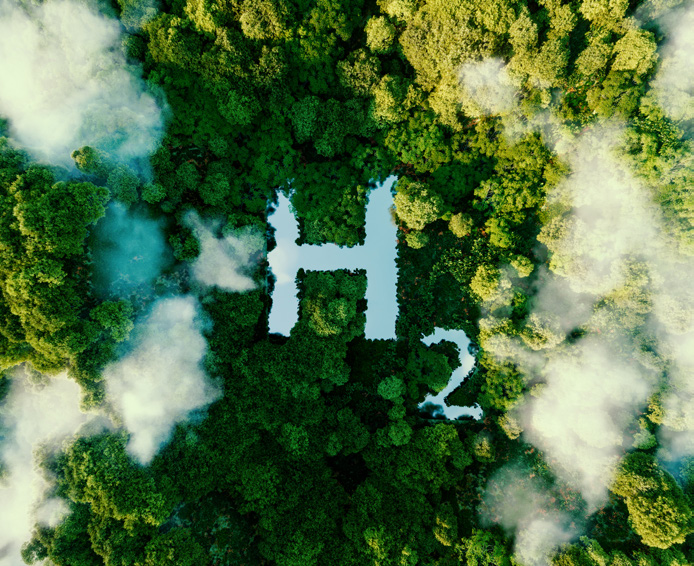
With only few weeks remaining until the COP28, the climate challenge is becoming more and more acute and serious. Our global population has never been larger, and the demands we place on Earth’s resources have never been more substantial. Meanwhile, the specter of pollution looms ominously on the horizon.
In the face of these pressing challenges, green hydrogen has emerged as a compelling solution to some of our most urgent problems, especially concerning a just and sustainable energy transition.
Within this global realignment, characterized by our voracious energy consumption, Africa is reasserting itself as a wellspring of possibilities.
Vast untapped wind and solar reserves beckon as ideal sources for the production of green hydrogen.
But what hurdles must Africa surmount to seize this global momentum and transform itself into a true catalyst for growth?
Green hydrogen, generated from renewable sources like solar and wind, promises a clean departure from fossil fuels.
With its immense solar and wind energy potential, Africa is perfectly positioned to assume a pivotal role in green hydrogen production.
Promisingly, numerous major corporations, including ours, are showing keen interest in launching large-scale green hydrogen projects across Africa.
However, these endeavors naturally demand a cadre of skilled professionals, substantial financial backing, a suitable legal framework, and the requisite infrastructure. These challenges must be met by African nations if they are to claim a substantial stake in this burgeoning market.
As with the development of large-scale renewable energies, Morocco stands out as an exemplar in the realm of green hydrogen production projects.
The Green H2 Morocco roadmap has laid the groundwork for extensive growth in this sector, particularly in the southern reaches of Morocco, where abundant wind and solar resources permit cost-effective Green H2 production.
Beyond the prospect of exporting green hydrogen to other global regions, this emerging energy source can help importing nations reduce their reliance on fossil fuels and advance their sustainable development goals by curtailing greenhouse gas emissions.
Indeed, green hydrogen can serve as a catalyst for development across various economic sectors, including industry, urban mobility, transportation, and electricity generation.
However, to materialize these ambitious projects, the establishment of suitable infrastructure—especially within ports, road networks, and the electrical grid— along with an appropriate legal framework is imperative.
Crucially, green hydrogen projects are of a large scale, opening up opportunities for the local production of essential equipment. Morocco, for instance, has already embarked on initiatives aimed at fostering domestic electrolyzer manufacturing.
In the grand scheme of energy transition, green hydrogen is indispensable, and Morocco’s primary challenge today lies in expediting the creation of a fitting legal framework and the development of essential infrastructure.
Lastly, political stability and security play pivotal roles in attracting substantial capital investments of this nature. The formidable challenge facing African nations is the establishment of a stable and sustainable economic and political environment if they aspire to secure a significant share of this burgeoning market.

Ryane Mergaoui
Sales manager, CME AFRICA
